Th Hero Pleasures Plus 110 is the first comprehensive makeover the Pleasure scooter has received since its launch. Hero call the updated model the Pleasure Plus and have worked on the scooter’s overall design and powertrain and even tweaked its suspension and chassis.
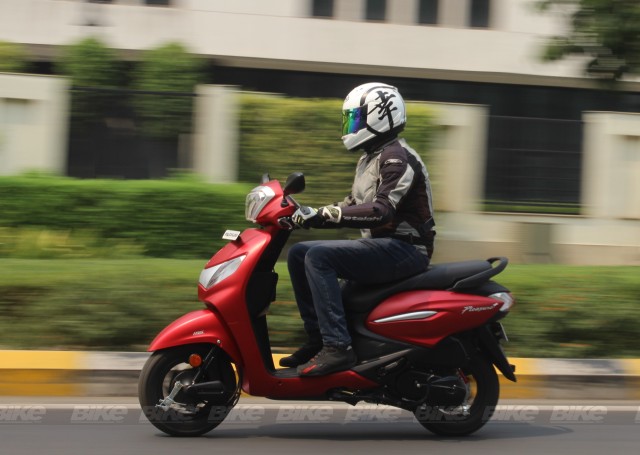
Story: Sarmad Kadiri
Photography: Saurabh Botre
Design
It’s interesting to note that the Pleasure Plus breaks away from the classic scooter styling and now dons a more neo-retro garb. The headlight and front panels have been completely reworked to give the scooter the desired old-school charm and it gets a matte silver panel that connects the new front indicators. Its curvier body parts make the Pleasure Plus look stubbier than before, although the scooter has in reality grown in dimension. Compared to the current model, the Pleasure Plus is about 19 millimetres longer and its overall height has gone up by 46 mm. Once astride, you’ll notice that the floorboard is high and the saddle height conveniently low. The increase in size has helped carve out better ground clearance, 30 mm more than before.
The seat is also new and longer and offers good comfort to the rider and pillion. While riding we did notice some noise from the front panels and some of the plastic parts also felt flimsy. Even when you flip open the seat, the hinge has unwanted flex. These things hint at the scooter being built to a price. The Hero executive pointed out that these were pre-production units and assured that most of these issues would be resolved during actual production.
Even the rear indicators and tail-light have been completely redesigned and go well with the overall styling. To match the neo-retro design, the scooter is being offered in seven vibrant colour options. What you see in these pictures is the Matte Velvet Red, though the Hero colour for the Pleasure Plus is the Polestar Blue which will be used for its promotion and television commercials.
Features
The scooter uses the same switchgear as before, so you still don’t get a modern utility like a pass-switch. To keep the cost low, the new Pleasure Plus gets a basic halogen headlight bulb and not an LED unit. The instrument cluster is also very basic without a digital display, but the speedometer is backlit and comes with fuel and side-stand indicator. Thankfully, the automatic scooter gets a brake lever clasp which comes handy while parking on uneven surfaces. There are a couple of storage pockets near the ignition slot and also a USB charging socket which is a piece of good standard equipment to have nowadays. And you even get a light in the under-seat storage area.
Engine
Parts like the brakes, chassis, and suspension have been carried forward from the standard Pleasure, but the scooter now gets a larger and more powerful engine from the Duet 110. Compared to the old 102-cc engine, the new 110-cc one makes eight PS and 8.7 Nm, which means 16 per cent more power and an extra seven per cent of torque. And you can feel the big change as one starts to ride the scooter. Its 101-kg weight gives the Pleasure Plus a much better power-to-weight ratio and a zippy performance.
Performance and Milage
The engine is fairly smooth and, apart from the initial variomatic slack, the power delivery is linear with a nice mid-range. This makes it ideal for the usual city runabouts. Top-end performance isn’t really the focus of this scooter, for it has been tuned to offer better fuel efficiency. Going by the economy figures of the Duet 110, we expect the Pleasure Plus to return close to 45 km/l.
Ride and Handling
The suspension has received slight modifications and the chassis set-up has also been tweaked to improve agility and overall dynamics. This lightweight scooter is extremely easy to flick around and changes direction with the slightest input. In the short test ride, we noticed that the 10-inch wheels shod with Ceat tyres offer decent grip and ensure that the scooter does not feel nervous during quick manoeuvres. The Pleasure Plus still relies on the old trailing-link front suspension, though we would have loved it to ride on telescopic suspension. It does a fair job of soaking in small road bumps but is not fond of larger potholes. High-speed stability with those small wheels is not really its strong point. But to be fair, the basic drum brakes with an integrated braking system get the job done and render reasonably good braking power to the small scooter. For a scooter of this size and price, the ride quality and comfort are completely acceptable.
Price
The strongest aspect of the new Pleasure Plus has to be its aggressive price which begins at Rs 47,300 for the base model. The alloy-wheel version we rode costs just Rs 49,300 (ex-showroom). It is just Rs 2,200 more expensive than the standard Pleasure, which makes this more powerful and better-looking scooter a good deal.

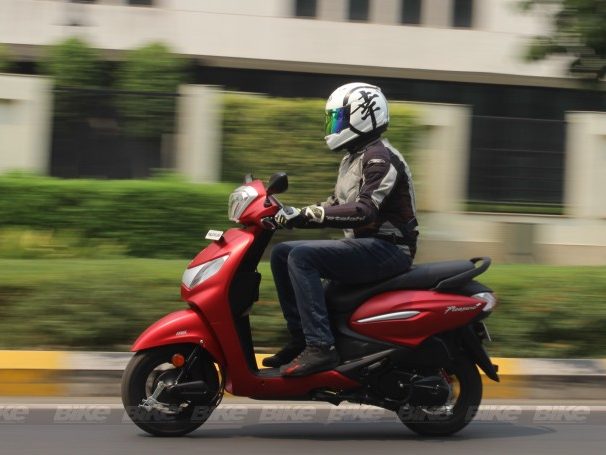
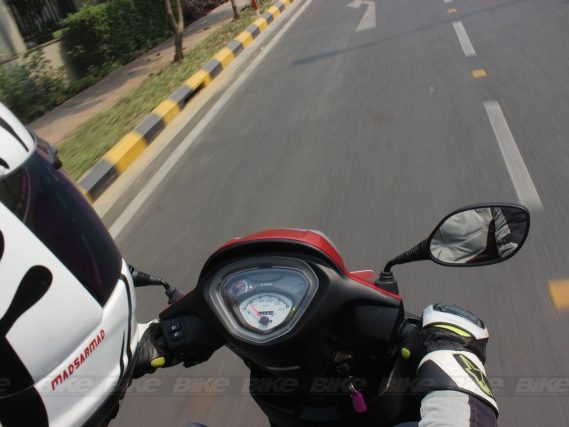
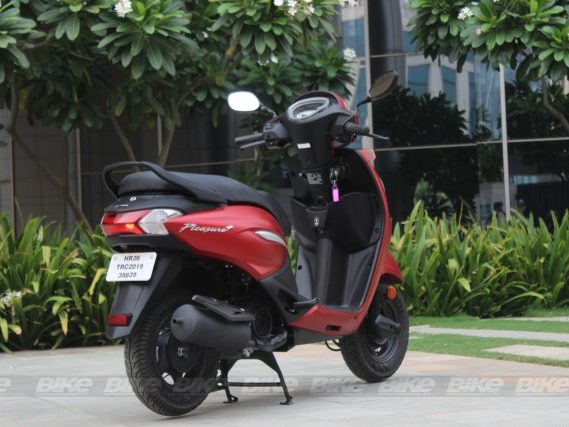
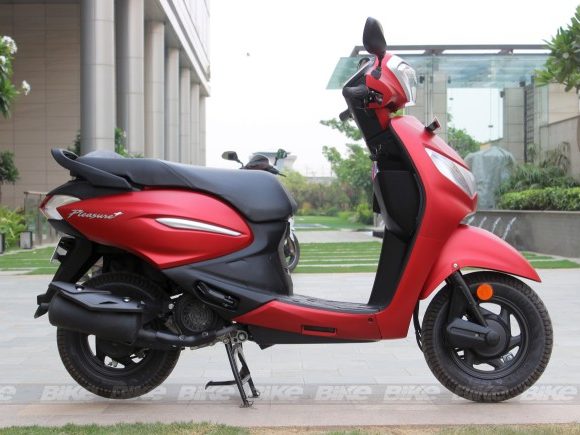
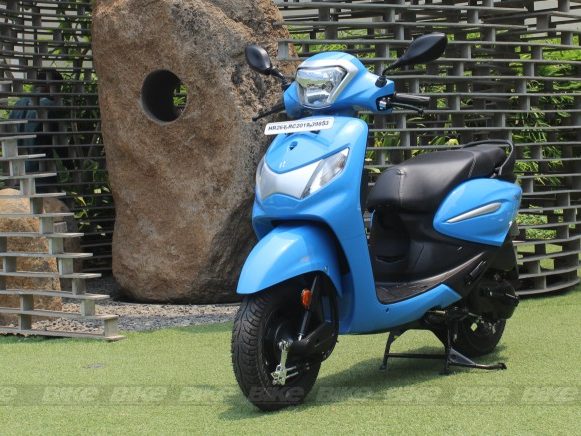
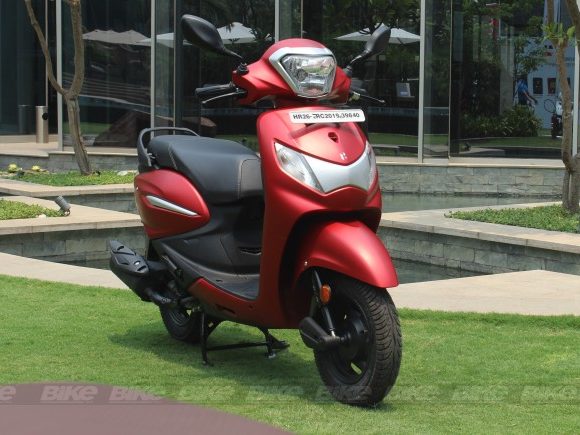
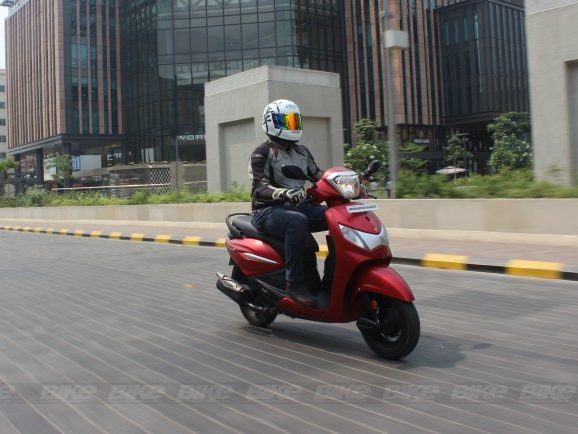
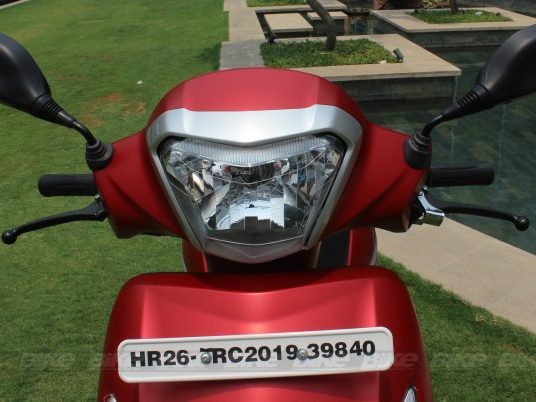
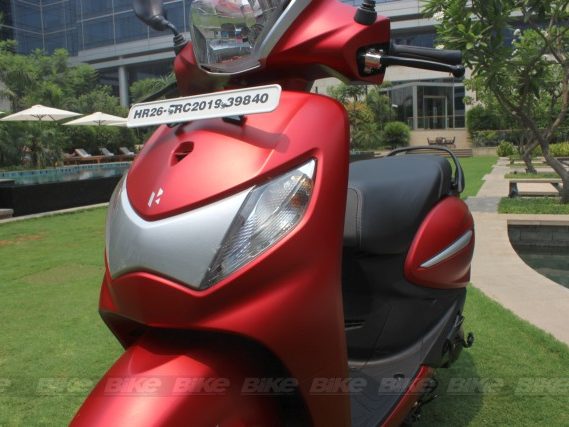
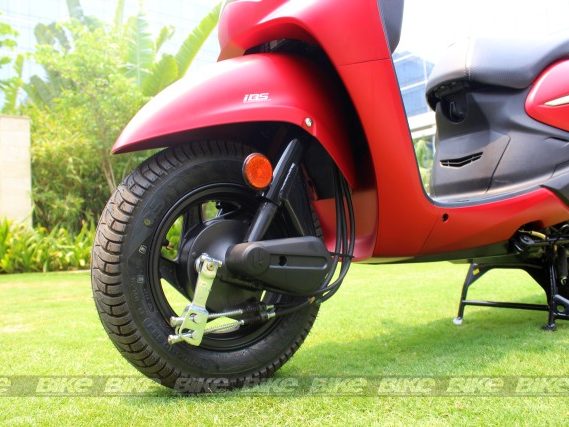
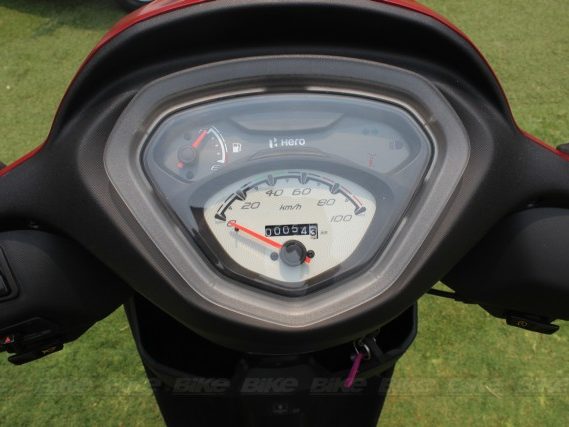
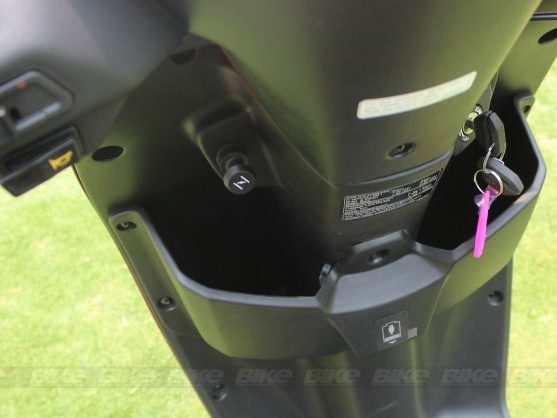
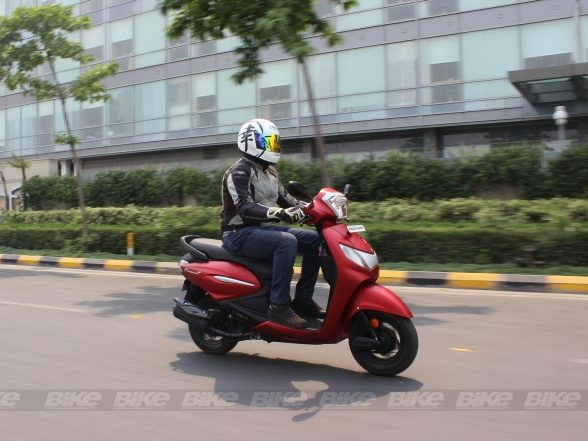
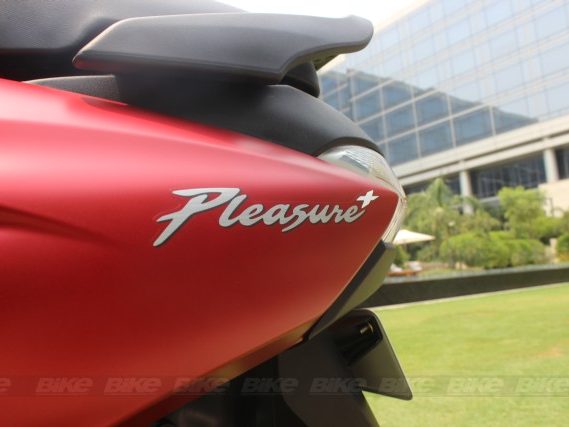
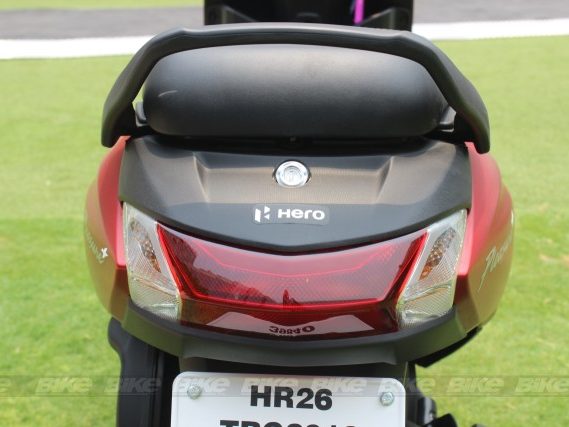
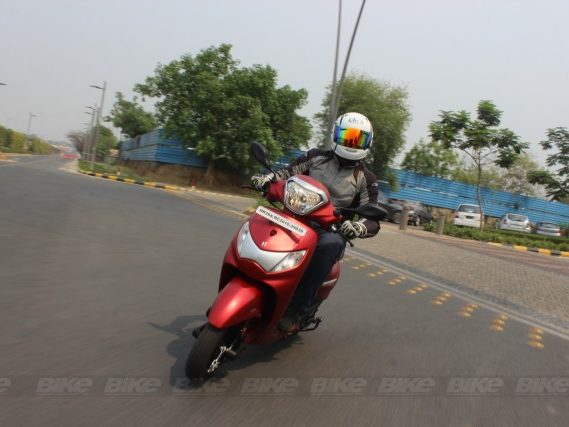
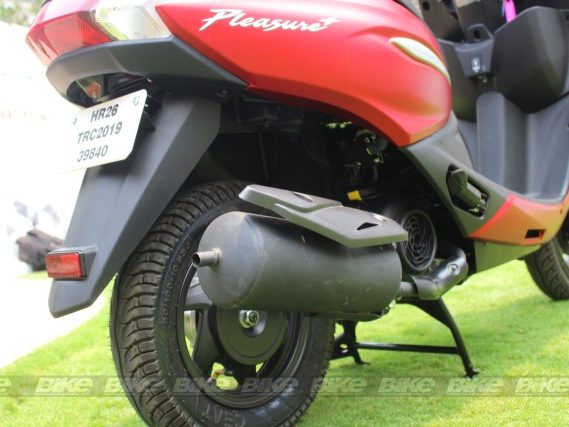
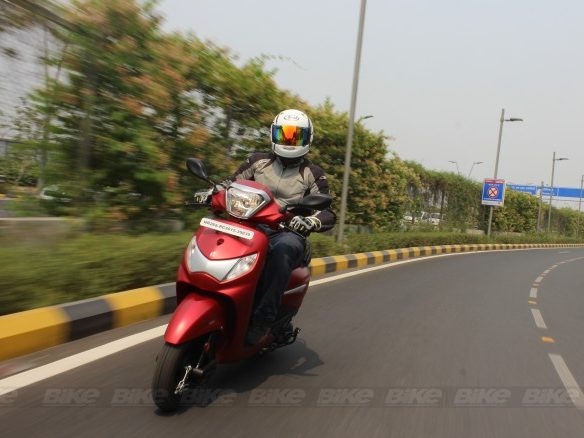
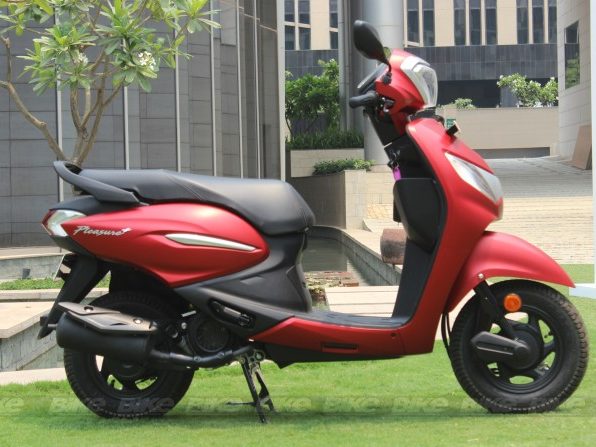
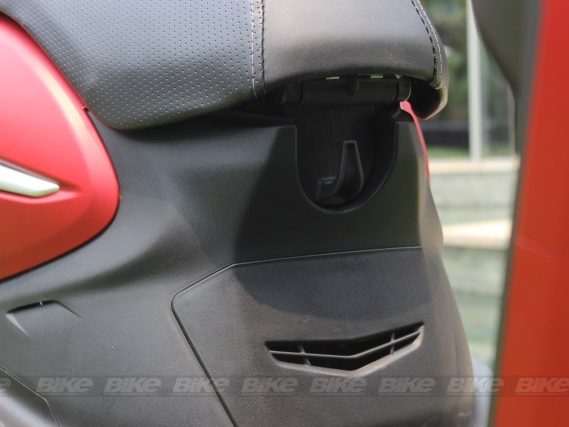
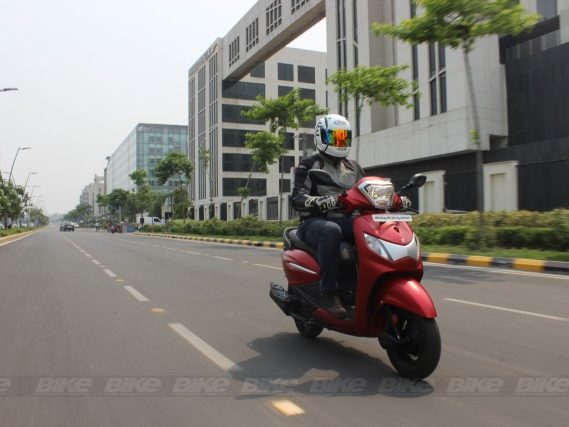

Leave a Reply